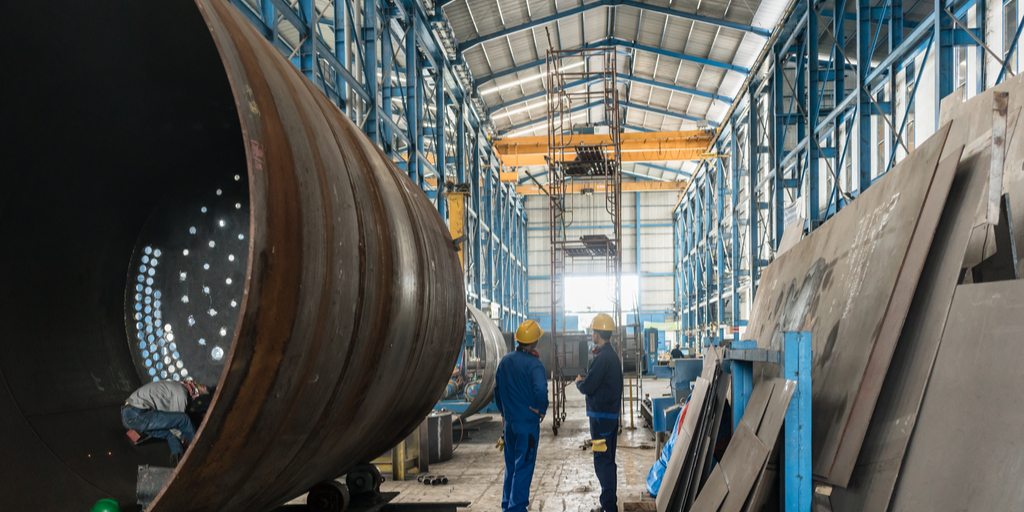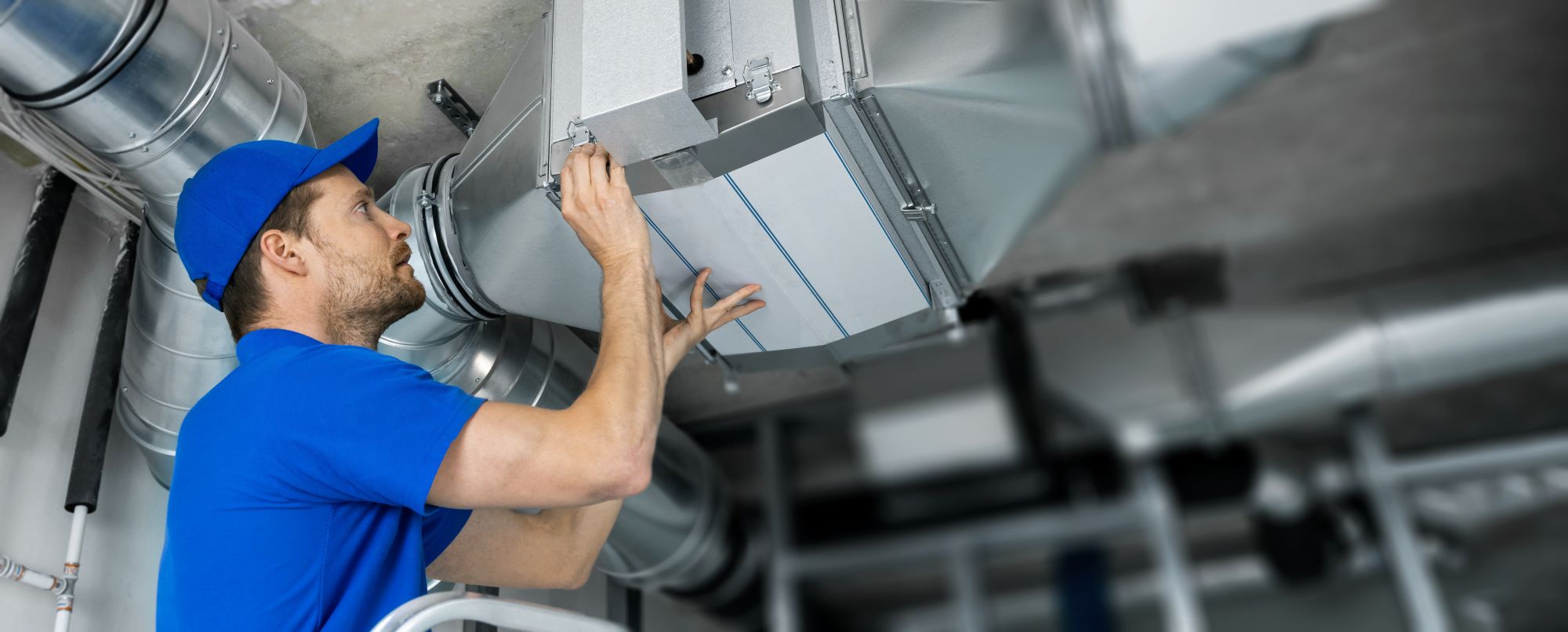Energy Efficiency Investments Under Threat Deliver Enormous Benefits, New Reports Show
Let's Save Energy
Alliance to Save Energy's Blog

Federal investments that spur improved energy efficiency are under threat. The administration and the House of Representatives have proposed drastic cuts to the Department of Energy’s programs in the Office of Energy Efficiency and Renewable Energy (EERE). Efficiency technologies and practices deliver many benefits, including cost savings for consumers, reducing greenhouse gas emissions, a more reliable and resilient energy system, and last but certainly not least, job creation. Overall, 2.2 million Americans are employed in the energy efficiency sector. Any cuts to the programs that encourage and support efficiency could seriously jeopardize these benefits.
Two recent reports provide some impressive evidence about the specific benefits of efficiency programs that are threatened with cuts.
Report 1: Buildings Program Delivers 20-to-1 Benefits
The Building Technologies Office (BTO) within EERE contracted RTI International, a non-profit research institute, to examine BTO’s investments in HVAC, water heating and appliance R&D. The report evaluated the benefits of just three of the program’s R&D successes – speeding the adoption of more efficient oil burners for home heating, efficient home refrigerators, and efficient residential heat pumps and central air conditioners.
RTI’s report found that these R&D initiatives alone resulted in more than $20 in energy and resource benefits to the United States for every $1 invested by BTO. And that was based on the most conservative estimates in the report.
In total, the report found the savings to have a net present value of between $6 billion and $22 billon. The total energy savings over the useful life of the technologies analyzed is equivalent to saving the electricity consumed in one year by more than 124 million homes.
Report 2: Manufacturers Have Saved More than $4 Billion
The second report, the DOE’s Better Plants program fall 2017 update, details the success that initiative’s nearly 3,000 business partners have achieved since its inception. Better Plants partners voluntarily set a long-term goal, typically to reduce energy intensity by 25 percent over a 10-year period across all their U.S. operations. Partners, including some of the largest U.S. companies, now represent roughly 12 percent of our manufacturing energy footprint and have reported an estimated cumulative energy cost savings of $4.2 billion over the last 7 years. The savings from these kinds of improvements can reduce operating expenses, making the U.S. industrial sector more vibrant and competitive, which leads to increased operations and creating new jobs.
Better Plants also helps manufacturers boost their productivity by facilitating research and development collaboration with the national labs. Resources include additional in-plant training and the Diagnostic Equipment program, which allows for free short-term rental of equipment essential to evaluate equipment efficacy and quantify energy performance improvements.
Benefits Could be Lost if Programs are Cut
Unfortunately, these programs face deep cuts. The administration’s budget proposed cutting the Building Technologies Office’s budget by 66 percent, and the House has passed a 54 percent reduction. Meanwhile, the Senate has largely held the line, proposing a modest two percent cut. The Advanced Manufacturing Office (AMO), which houses the Better Plants program, faces a 68 percent cut in the administration’s budget, a 60 percent cut in the House bill, and just a two percent cut in the Senate’s bill.
These two reports serve as small examples of how invaluable these programs are to businesses, consumers and governments, and how important it is that lawmakers working to finalize spending legislation in the coming weeks ensure that they are fully funded.
You can take action: urge Congress to fully fund federal efficiency programs.
STAY EMPOWERED
Help the Alliance advocate for policies to use energy more efficiently – supporting job creation, reduced emissions, and lower costs. Contact your member of Congress.
Energy efficiency is smart, nonpartisan, and practical. So are we. Our strength comes from an unparalleled group of Alliance Associates working collaboratively under the Alliance umbrella to pave the way for energy efficiency gains.
The power of efficiency is in your hands. Supporting the Alliance means supporting a vision for using energy more productively to achieve economic growth, a cleaner environment, and greater energy security, affordability, and reliability.



